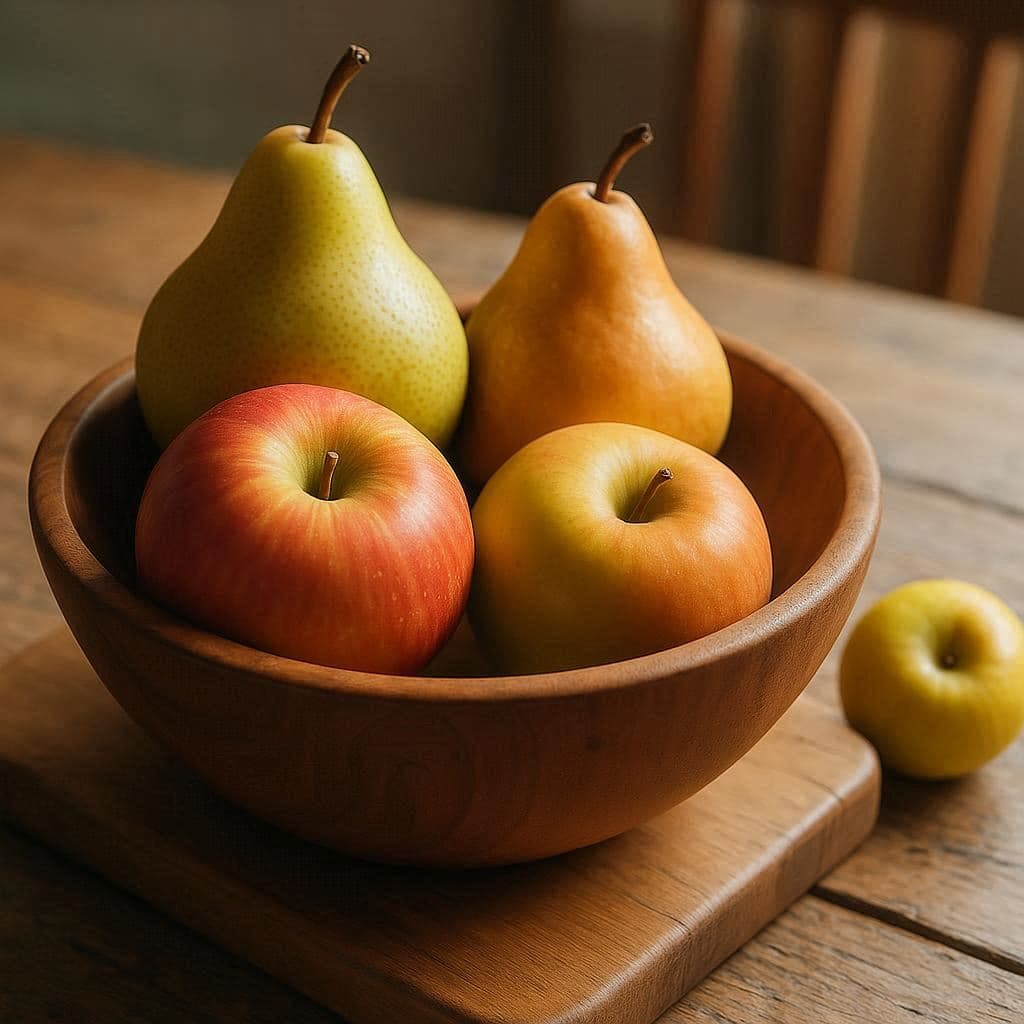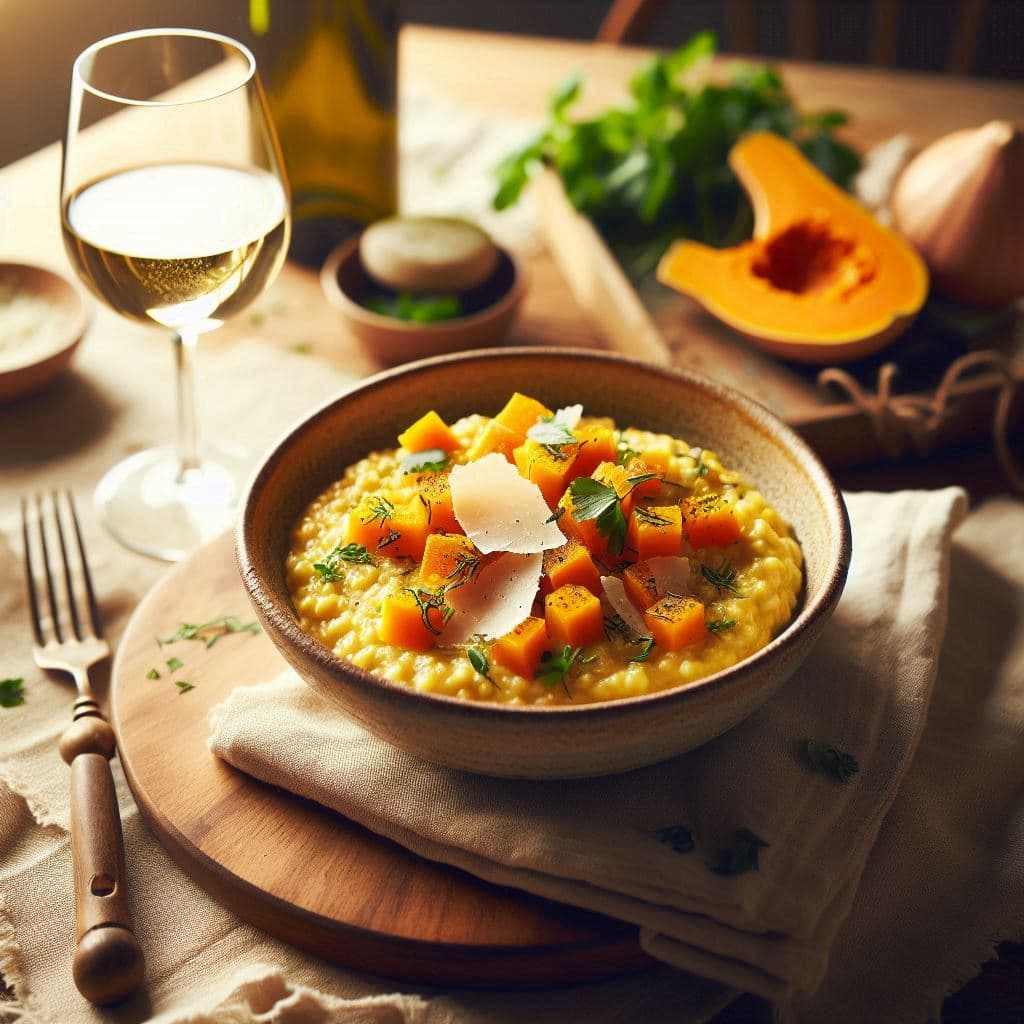Pinot Blanc is a white wine grape variety renowned for its elegant simplicity. A distant cousin of Pinot Noir and Chardonnay, this grape yields typically dry, light to medium-bodied wines with crisp acidity and delicate fruit. It’s a quiet achiever in the world of wine—less famous than Chardonnay or Sauvignon Blanc, but just as rewarding for those in the know.
Whether it’s made in stainless steel for freshness or aged in oak for added complexity, Pinot Blanc offers something for every palate. Its food-friendly nature and approachable style make it an excellent option for casual drinkers and seasoned enthusiasts alike.
In this guide, we’ll explore what Pinot Blanc tastes like, whether it’s dry or sweet, and fill you in on where it’s grown. We’ll also look at how to serve Pinot Blanc, compare it to other white wines, and provide tips for the best food pairings. From the Australian wine novice to the longtime wine expert, we’ve got something fresh on what sets Pinot Blanc apart—and why this special wine deserves your attention.

Let’s begin by answering one of the most burning questions: Is Pinot Blanc dry or sweet? Well, Pinot Blanc is almost always dry, characterised by its fresh, crisp acidity and delicate structure. Unlike sweeter wines, it’s vinified in this style to preserve its subtle fruit and floral aromatics.
Regional Style Variations:
|
Style |
Typical sweetness |
Body |
Acidity |
|
Pinot blanc (common) |
Dry |
Light-medium |
Crisp |
|
Off-dry Alsace styles |
Slightly off-dry |
Medium |
Moderate |
|
Sweeter white norms |
Semi-sweet to sweet |
Medium-full |
Lower |
By emphasising dryness, Pinot Blanc maintains its versatility and food-friendly nature, making it a perfect companion at the table.
The typical flavour profile of Pinot Blanc is refined and refreshing:
Compared to Chardonnay, Pinot Blanc is lighter, less oaky, and more restrained. In contrast to Pinot Grigio, it offers more of a rounded texture and almond nuance.

Tasting note at a glance
|
Element |
Description |
|
Aroma |
Pear, apple, citrus zest, roasted almond |
|
Palate |
Light-medium body; crisp acidity |
|
Texture |
Fresh and clean (stainless steel) or subtly rounded (with oak) |
|
Oak effect |
Nutty creaminess if barrel-aged |
|
Overall impression |
Elegant, delicate, and versatile |
Understanding the diverse regions Pinot Blanc comes from nowadays helps us appreciate its global styles. From the richness of the Alsace to the clean expressions of Australia, each region brings with it a unique twist to this classic yet underappreciated wine:
Regional style comparison
|
Region |
Style Characteristics |
|
Burgundy |
Rare: historical roots |
|
Alsace |
Fuller-bodied, slightly textured, elegant |
|
Germany |
Dry, bright, and mineral |
|
Italy |
Clean, light, fruit-centric |
|
Australia/USA |
Fresh, clean, dry expressions in cooler zones |
One question we’re commonly asked is: What is the difference between Pinot Grigio and Sauvignon Blanc? And equally, where in this puzzle of whites does Pinot Blanc fit in? We’ve broken it down here:
|
Wine/grape |
Sweetness |
Body |
Acidity |
Aroma &flavour |
|
Pinot Blanc |
Dry |
Light-medium |
Crisp |
Apple, pear, almond, subtle florals |
|
Pinot Grigio |
Dry |
Light |
High |
Simple citrus, green fruit, lean |
|
Sauvignon Blanc |
Dry/off-dry |
Light-medium |
Very high |
Zesty, herbaceous, tropical |
|
Chardonnay |
Dry |
Medium-full |
Varies |
Citrus, stone fruits, butter/oak |
Here’s how to serve Pinot Blanc to enhance the flavour profile:
Food pairing suggestions
Pinot Blanc’s delicate texture and clean fruit make it fantastically versatile. Try pairing with:
Soft goat cheese salad with pear slices: Tangy creaminess and fruit pairing enhance both.

Pinot Blanc remains relatively rare in Australia, but interest is certainly beginning to grow. Regions such as the Yarra Valley and Adelaide Hills are experimenting with the grape, favouring its brightness and food-friendly nature in their cool climates.
Producers are exploring leaner styles that showcase regional terroir through crisp acidity and delicate fruit. Though there are few widely available bottlings, Pinot Blanc’s potential shines in small-batch and single-vineyard expressions. Keep an eye on Australia’s listings, particularly those from De Bortoli. It’s an exciting grape on the rise.

While Pinot Blanc and Chardonnay share familial ties as part of the broader Pinot family, Pinot Blanc is lighter, crisper, and less often oaked. Chardonnay tends to show fuller body, tropical or stone fruit notes, and richer oak characteristics.
Pinot Blanc has more limited plantings globally and has not been popularised by the marketing clout received by the widely popular Pinot Grigio. This makes it rare in retail and less immediately recognisable to casual consumers.
Pinot Blanc is generally produced in a dry style. However, you can occasionally find off-dry examples, especially in Alsace, where a touch of sweetness may complement the richer texture of the wine.
Pinot Blanc is typically enjoyed young, when its freshness and purity shine. That said, richer, oak-aged styles—particularly from Alsace—have enough body and structure to develop further complexity with short-term cellaring.
Sign up for offers, wine insights, food and more